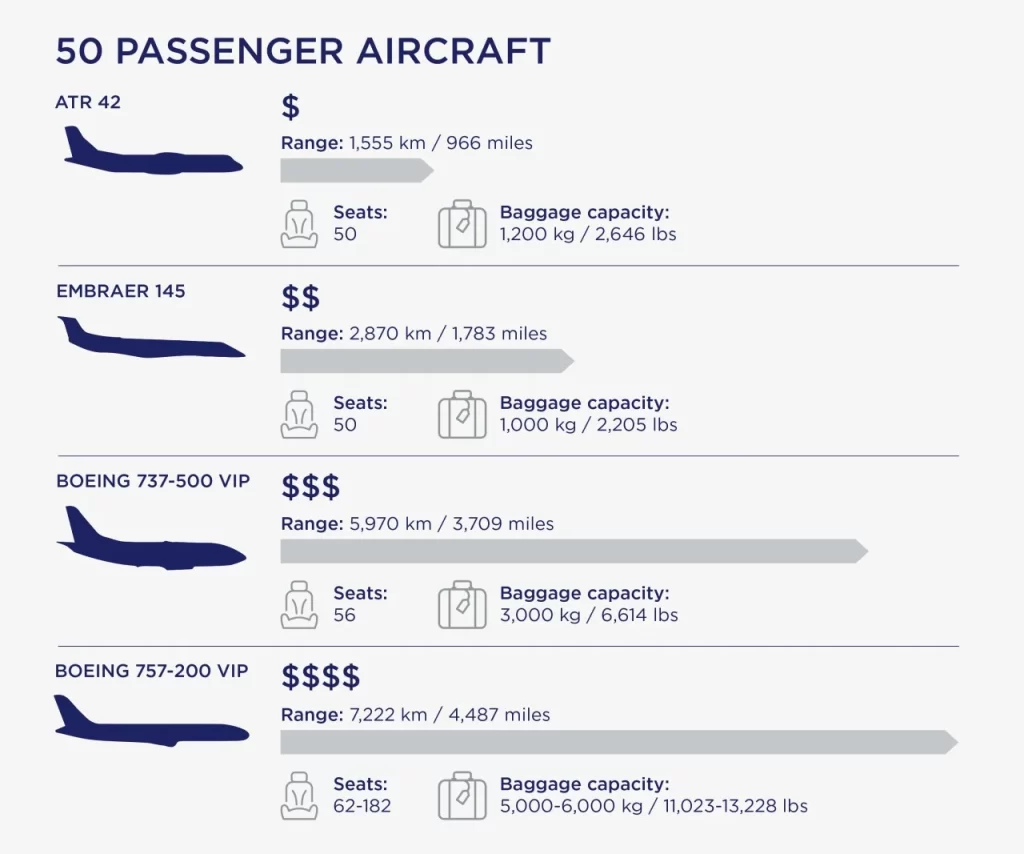Step aboard for an illuminating voyage through the domain of aircraft cargo loading capacity. Throughout this blog, we’ll navigate the complexities of this pivotal facet of air freight logistics, elucidating the factors that dictate the safe and efficient transportation of cargo by aircraft. Join us as we explore the regulations, factors, and innovations that mold the terrain of aircraft cargo loading capacity.
Let’s start by delving into the fundamentals of aircraft cargo loading capacity. What exactly does it entail? How is it measured and regulated? We’ll explore the various metrics used to assess cargo capacity, from payload weight limits to volume constraints, and examine how these factors vary across different aircraft types and models.
Understanding Air Cargo Loading Capacity
The myriad factors that influence an aircraft’s cargo loading capacity. From structural limitations and weight distribution requirements to fuel efficiency considerations and regulatory compliance, there are numerous variables that must be taken into account when determining how much cargo an aircraft can safely carry.
Air freight shipments can only be sent from (or to) airports that have the necessary customs clearance, the so-called “customs airports”. If in doubt, we will be happy to tell you whether the nearest airport to your supplier or shipper is a “customs airport”.
Subscribe to the Ex-works24/7 newsletter
Air Cargo Regulations and Safety Standards
Safety stands as the highest priority in air freight, with regulations serving as a cornerstone in guaranteeing that cargo is loaded and fastened in alignment with established safety protocols. We’ll closely examine the regulatory framework overseeing aircraft cargo loading capacity, encompassing directives issued by aviation authorities and industry bodies.
The Capacity
- Airbus 310 – 160 cm
- Airbus 320 – 114 cm
- Boeing 727 – 111 cm
- Boeing 737 – 86 cm
- Boeing 747 F (Freight plane) – 300 cm
- Boeing 747 M (Mixed Version) – 300 cm
- MD 80 – 70 cm
Some general recommendations:
- within Europe – max. 70 cm
- overseas – max. 160 cm
As we conclude our examination of aircraft cargo loading capacity, we trust this blog has enriched your comprehension of this vital facet of air freight logistics. Whether you’re an experienced logistics practitioner, an aviation aficionado, or simply intrigued by the complexities of air cargo operations, we encourage you to stay engaged with us as we traverse the dynamic realm of aircraft cargo loading capacity.
1. What is Aircraft Cargo Loading Capacity?: Aircraft cargo loading capacity refers to the combined weight and volume of cargo that an aircraft can transport safely and efficiently. This capacity is influenced by factors such as maximum takeoff weight (MTOW), payload allocation, and available cargo hold volume.
Maximum Takeoff Weight (MTOW): It’s the highest weight an aircraft can safely manage during takeoff, considering fuel, passengers, and cargo.
Payload Capacity: The allocated weight for cargo and passengers after accounting for the aircraft’s fuel and structural weight.
Cargo Hold Volume: The actual physical space in cargo compartments, typically measured in cubic meters or cubic feet for accuracy.
2. Factors Influencing Aircraft Cargo Capacity: Several key factors determine the aircraft’s ability to handle cargo effectively and ensure operational safety.
Aircraft Type: Dedicated cargo planes, such as the Boeing 747 Freighter, are built to handle heavier and larger payloads compared to passenger planes.
Weight Distribution: Ensuring proper weight balance across the aircraft is crucial for maintaining flight stability and safety.
Nature of the Cargo: Bulkier goods may occupy more space before reaching weight limits, while denser cargo can maximize the payload faster.
Environmental Conditions: High altitude and adverse weather can impact fuel usage, affecting the overall payload capacity of the aircraft.
3. Types of Cargo Compartments – Cargo compartments in aircraft are specifically designed to optimize space and accommodate various types of shipments.
Main Deck: This is the largest cargo compartment, primarily found on freighter aircraft, providing maximum accessibility.
Lower Deck: Located beneath the passenger cabin, this area is typically used for baggage and smaller cargo loads.
Bulk Hold: A smaller section often utilized for irregularly shaped items or last-minute additions to the cargo manifest.
4. Optimizing Aircraft Cargo Loading – Effective cargo loading requires strategic planning and advanced tools to maximize space utilization while adhering to safety standards.
Using ULDs (Unit Load Devices): These are standardized containers and pallets designed to streamline handling and ensure efficient use of cargo space.
Adhering to Load Plans: Airlines implement detailed load plans to maintain weight balance and comply with aviation safety regulations.
Leveraging Technology: AI-powered cargo management systems optimize weight distribution, track cargo status, and ensure regulatory compliance.
5. Challenges in Cargo Loading – Despite advancements in technology, certain challenges can complicate cargo loading and require careful management.
Oversized Cargo: Items like heavy machinery demand specialized handling equipment and unique loading procedures.
Hazardous Goods: Safe transportation of dangerous materials requires proper packaging, labeling, and compliance with safety standards.
Seasonal Demand: Peak periods, such as holidays, increase cargo volume and strain available capacity, necessitating proactive planning.
6. Innovations in Aircraft Cargo Management – Ongoing innovations in cargo management are transforming the aviation industry and enhancing efficiency and sustainability.
Advanced Materials: Incorporating lightweight materials in aircraft design increases payload capacity without compromising safety.
AI-Driven Load Optimization: Artificial intelligence facilitates real-time decision-making, streamlining load distribution and minimizing delays.
Green Initiatives: Airlines are adopting sustainable fuels and energy-efficient practices to reduce environmental impact in air freight.
7. The Role of Stakeholders –Collaboration among stakeholders ensures seamless cargo operations and addresses challenges in the global supply chain.
Customs Brokers: They streamline documentation and compliance with customs regulations, expediting the clearance process.
Freight Forwarders: By coordinating with airlines, they ensure efficient cargo transport and timely delivery.
Logistics Companies: Leveraging digital platforms, they optimize cargo flow, reducing delays and enhancing customer satisfaction.
Understanding and optimizing aircraft cargo loading capacity remains vital for global trade, ensuring businesses can transport goods efficiently, safely, and sustainably.
In conclusion, aircraft cargo loading capacity goes beyond mere numbers; it combines weight, volume, and precise planning to optimize freight operations effectively. For businesses in air freight, understanding and utilizing this capacity unlocks cost savings, operational efficiency, and a competitive edge in the global market.
Whether you’re an experienced logistics expert or just entering the industry, staying updated on cargo management trends and advancements is crucial. The future of air freight relies on innovation, collaboration, and sustainable practices, ensuring the skies continue to support seamless global trade and connectivity.




